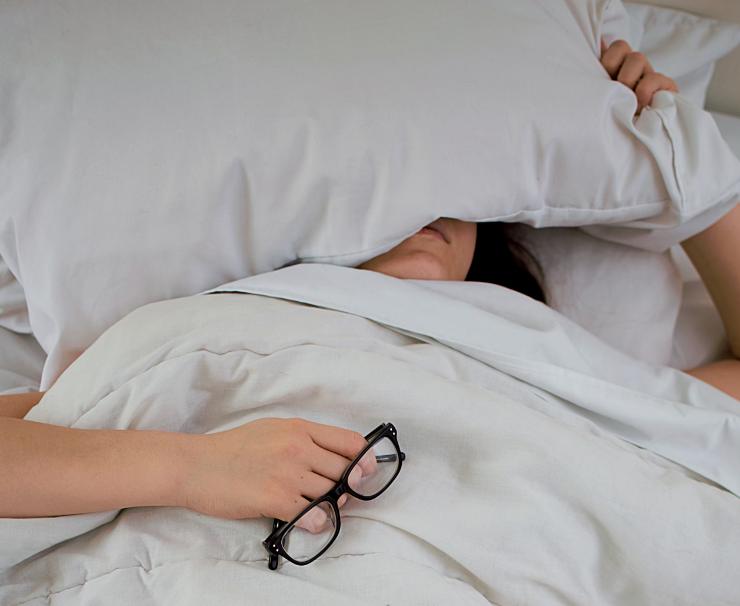Video
Screening for Sleep Disorders
Author(s):
Dr Nathaniel F. Watson reviews screening patients for sleep disorders and referral to sleep specialists.
C. Michael Gibson, MD: We’re talking about sleep disorders, the screening for them, and the cotreatment of the different disorders that come with sleep disorders. How do you communicate with patients? Nate, how often are people screened for sleep disorders? We just had an announcement that we should be screening people for anxiety, but are we screening them for sleep?
Nathaniel F. Watson, MD: Not nearly enough. The US Preventive Services Task Force doesn’t include screening for sleep disorders in its guidelines. This is problematic as far as getting primary care doctors to ask questions about this when these patients show up in their offices. The other challenge is that sleep medicine is a somewhat newer specialty, and it’s not taught extensively in medical school. When we tried to increase sleep medicine in the curriculum, we found that it’s a zero-sum game. If you’re going to add something in, they need to remove something to allow the time for that. But nobody can figure out what to stop teaching in medical school to allow the sleep medicine to come in. What happens is that you have a lot of physicians who have very little knowledge or understanding about sleep or sleep disorders when they go out into practice. As a result, they don’t think about it when the patient is sitting across from them and they’re having problems, such as sleepiness or insomnia.
We want to engage with primary care doctors and explain to them that it’s worth your time to ask about sleep because if you can figure out how to optimize the sleep in your patient panel, all of a sudden your patient panel is going to be healthier and easier to manage. That will resonate with primary care doctors as we encourage them to drill down and ask about snoring and sleepiness, how long it takes to fall asleep, and sleep disturbance. There are a lot of questionnaires that people can use. The Epworth sleepiness scale can be used to assess sleepiness. You have the STOP-Bang questionnaire for sleep apnea risk assessments. You have the Insomnia Severity Index for insomnia assessments. This could be captured while the patient is in the waiting room. You may not have to spend a lot of time in the clinic room with them to get the information necessary to figure out if this patient needs a referral to a sleep physician to get their issue addressed.
C. Michael Gibson, MD: I’m a cardiologist, and I’m seeing some people who are anxious after their heart attack, etc. How do I know though when to send them on to you, as a sleep specialist?
Nathaniel F. Watson, MD: I would say that in any circumstance where the patient is dissatisfied with their sleep, or they’re dissatisfied with their daily level of functioning. Another important question is, how do they feel rested and refreshed when they wake up in the morning? If their answer to that is “no” or “I’m not sure,” then that can be a dead giveaway that a sleep disorder is present. In cardiology, it’s particularly interesting because so many diseases that you address are directly impacted by sleep disorders. We know that sleep apnea can trigger cardiac arrhythmias and cause high blood pressure. It’s also associated with congestive heart failure, which can impact our breathing during sleep. Nowadays, we’re trying to partner more with cardiology because many of those patients have comorbid sleep disorders. If someone has treatment-refractory hypertension, there’s an 80% chance that they have sleep apnea, so there’s a lot of sleep disease in cardiology clinics.
C. Michael Gibson, MD: There is.
Transcript Edited for Clarity





